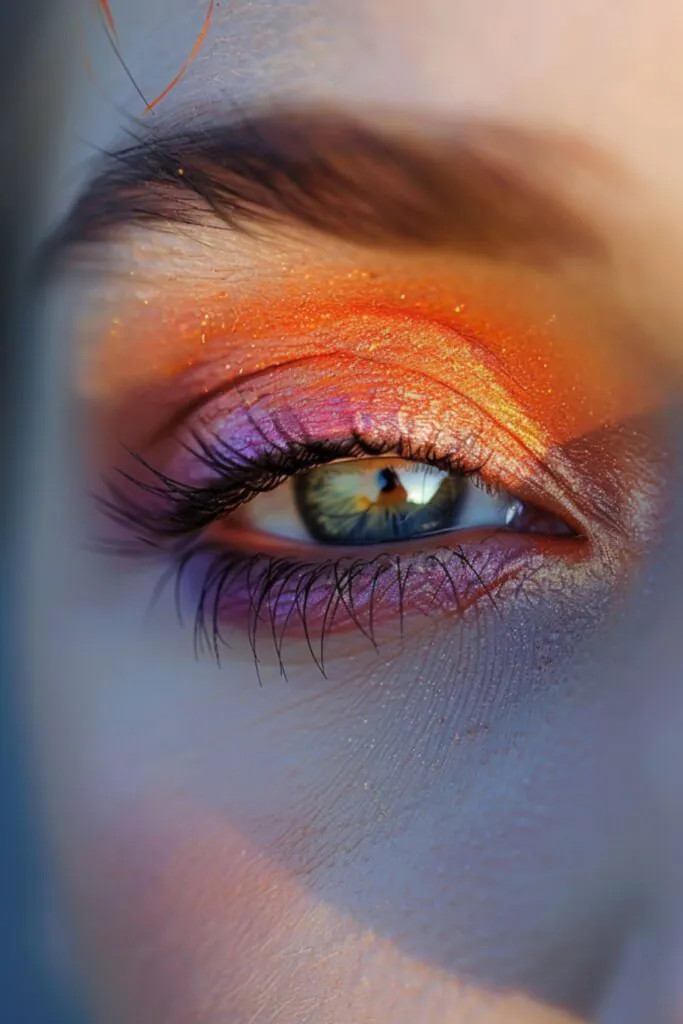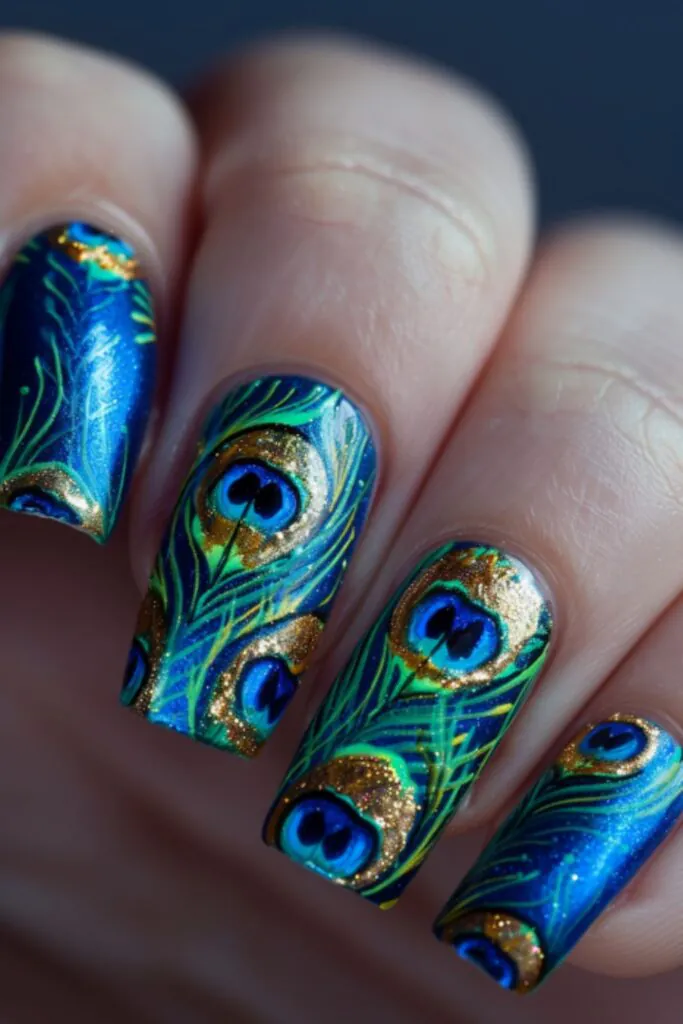MOM DESERVE THE BEST!
Expertly Crafted Baby Care Guides, Birthday Cake Inspirations, Eyeshadow and Nail Art Design Ideas


EYESHADOW IDEAS
Eyeshadow Inspirations

BIRTHDAY CAKES
Birthday Cake Inspirations

NAIL DESIGNS
Cute Nail Design Ideas
Expertly Crafted Baby Care Guides, Birthday Cake Inspirations, Eyeshadow and Nail Art Design Ideas
